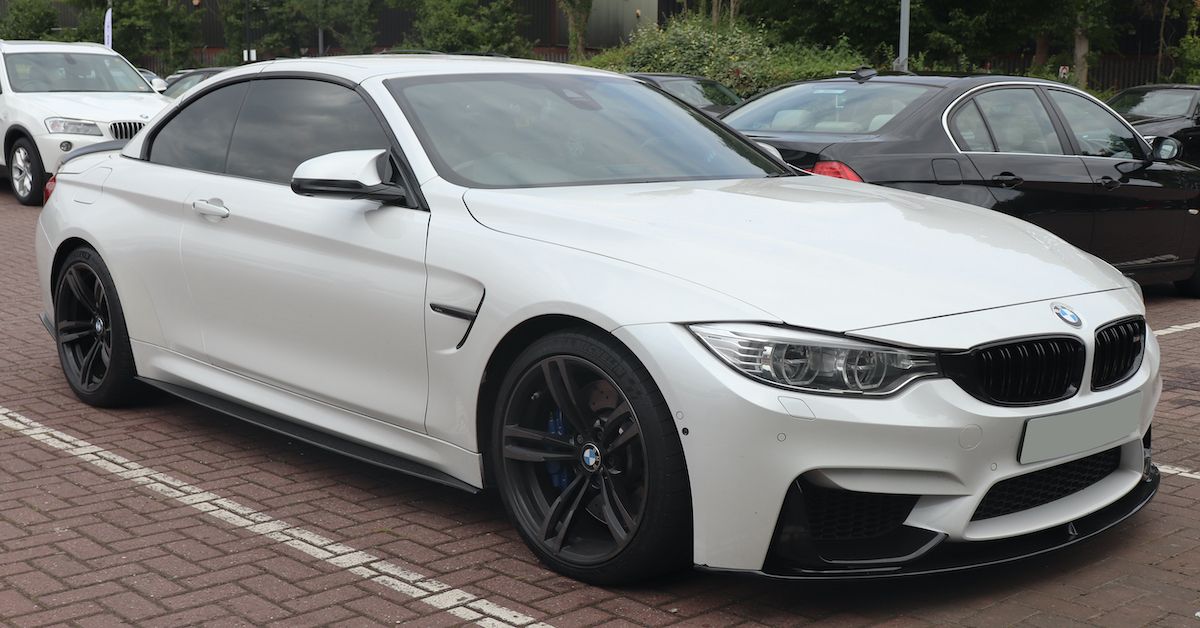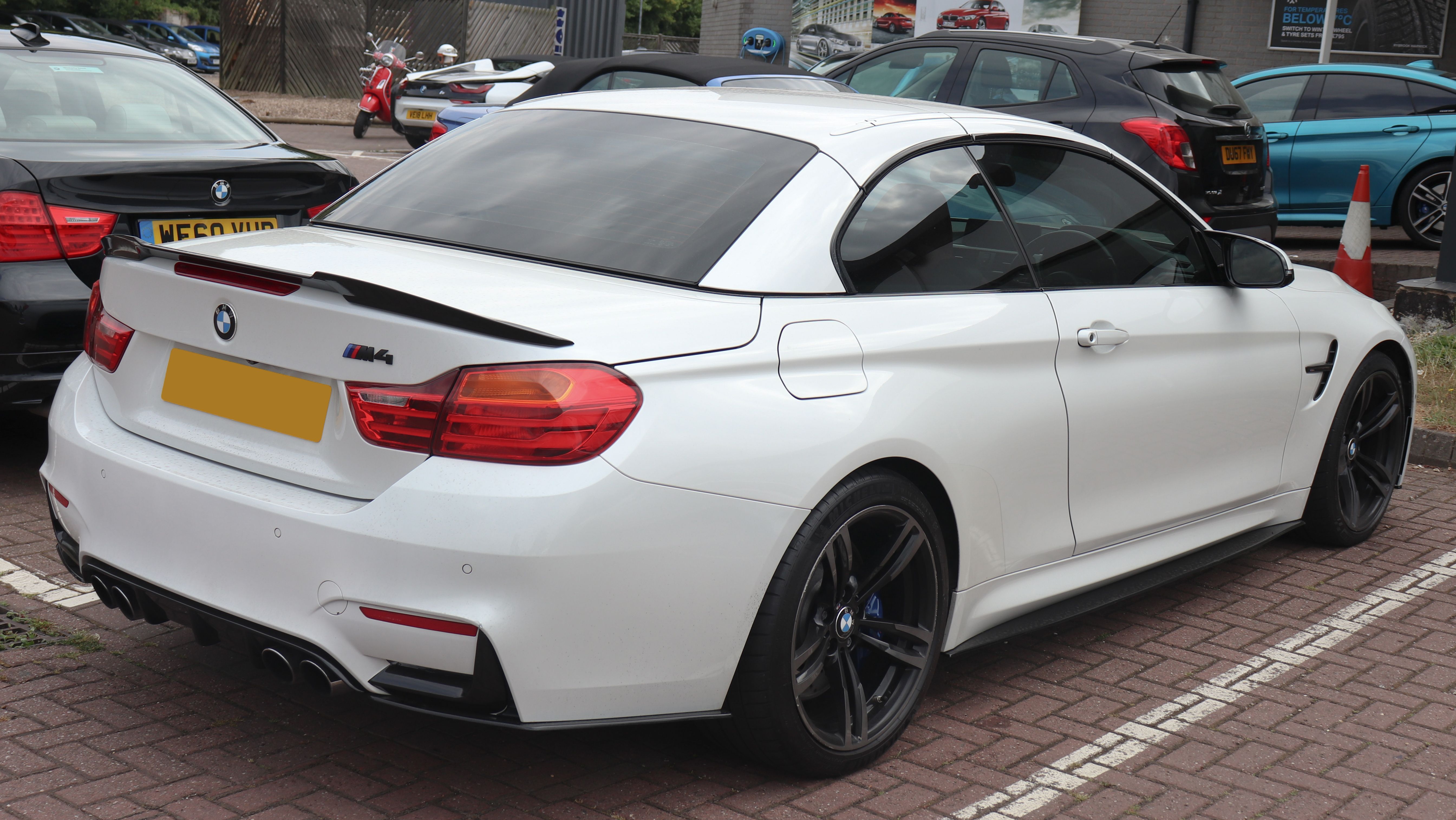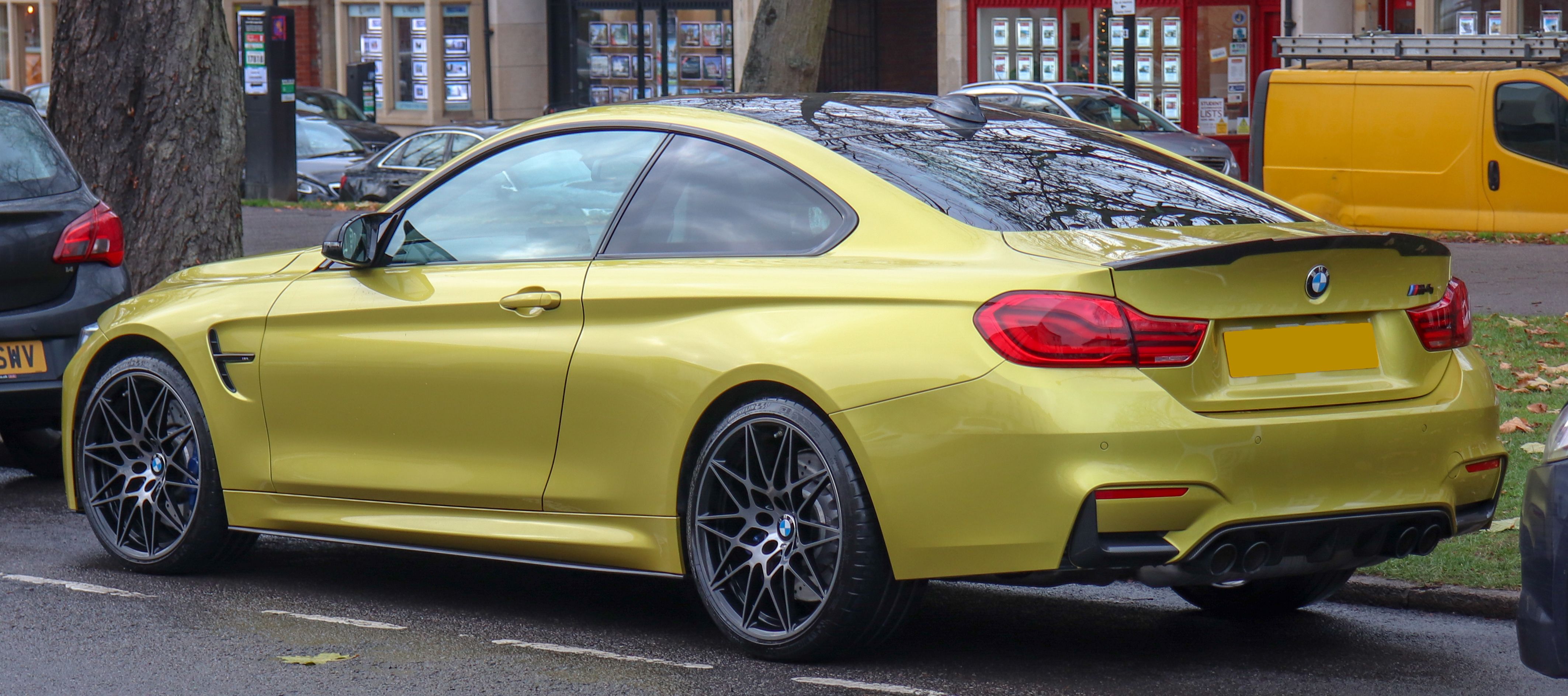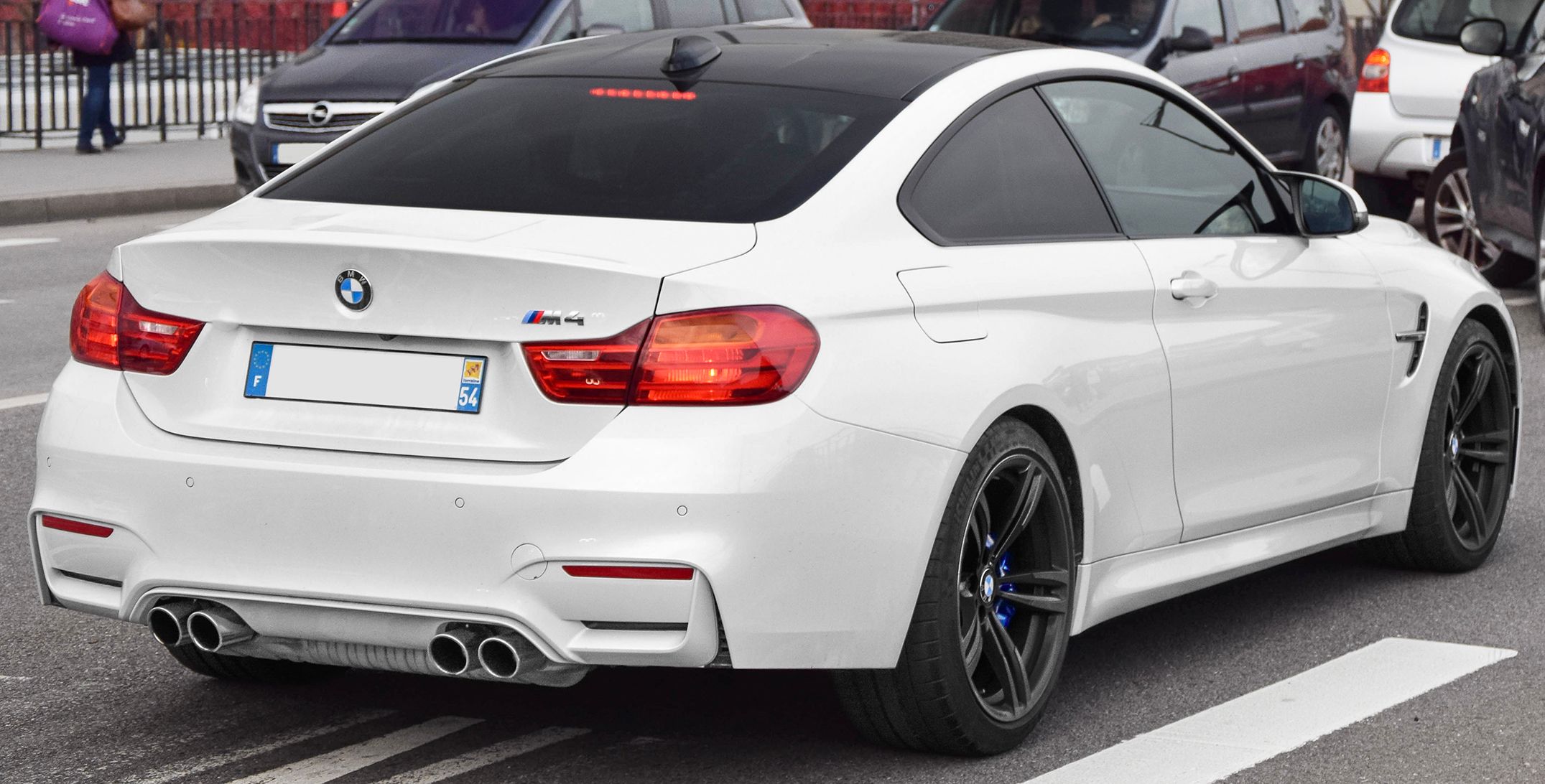BMW’s M4 is now in its second generation now. Styling-wise, the car has received mixed reviews, but however you choose to look at it, it’s fast. Very fast. In competition form, its 3.0-liter, twin-turbocharged straight six develops 510 bhp. That’s enough to rocket it to sixty in 3.9 seconds. For reference, that’s roughly similar to a Ferrari F430, which is a full-blown supercar.
However, if the starting price of $105,000 is a little too much, or the styling isn’t quite for you, then you do have options if you’re looking for a fast, M4-badged coupé. And that is, of course, the first-generation model, or the F82. Don’t worry; this doesn’t mean you have to settle for much less, either, as the F82 is widely regarded as a brilliant car, both in terms of performance and looks. Now, prices have dropped way below the car’s initial $77,000 price tag, making the car a solid option for those looking for a serious performance coupé.
With that being said, then, let’s take a look at how much a used BMW M4 can be bought for today.
The History Of The BMW M4
Now, it’s pretty difficult to imagine BMW’s M division without the M4 in its line-up, especially considering it's one of the division’s most popular cars. But, prior to 2014, the M4 didn’t exist. At least not in name, anyway, as every generation of M3 that came before was available in both coupé and saloon form.
So, in many ways, the history of the M4 is far longer than it initially seems, stretching all the way back to the first performance coupé developed by BMW’s legendary M division: the CSL, or “batmobile”, as its often named. Where the M4 — and, indeed, the F80 M3 — differed from those that came before it, though, was in terms of the engine. Up until 2014, BMW’s M division was all about high revving, naturally-aspirated engines. But, like much of the automotive industry, the division shifted towards smaller displacements and turbocharging, so to create units with lower emissions.
A Look At Why The BMW M4 F82 Is A Special Car
So, the BMW M4 F82 launched in 2014, a year after the 4 series went on sale. As you'd expect, it was a totally different animal to the standard coupé. Its engine, for starters, was a 3.0, twin-turbocharged straight-six — codenamed the S55 — which developed 425 bhp. And because of those twin turbochargers, it meant the F82's performance was immense.
To many enthusiasts, BMW's M division is all about glorious soundtracks and engines that can rev to a silly number. The E92 M3, the M4's predecessor, truly embodied that, with a big V8, a redline of 8,400 rpm, and a glorious exhaust note. And while the F82 may have lost much of this through its turbocharging, according to Evo, it took the M4 into a whole different realm of performance. We're talking zero to sixty in 4.2 seconds and a top speed of a limited 155 mph — though remove the limiter, and you're looking at around 180 mph.
But of course, this was BMW — and its M division no less — so the F82 wasn't all just straight-line punch. For starters, BMW focused on making it lightweight, adding a carbon fiber prop shaft, boot lid, and roof panel. Then you had a 50/50 weight distribution, too. Oh, and don't forget the M4's razor-sharp steering, as well. The result, according to WhatCar?, meant the M4 cornered like a peach, with immense levels of grip and terrific handling.
Styling-wise, the F82 was quite the looker, with its blistered wheel arches, aggressive stance, and 19-inch alloys. Chuck some carbon fiber trim in there, and it looked even meaner, too. And, because underneath everything, it was a 4 series, you had yourself a car that was fairly practical and useable every day.
And, this being BMW's M division, you could have a sharper, more powerful M4 in 2016, the Competition model. Its handling was improved, with new springs, dampers, and anti-roll bars fitted. And the engine was tweaked, too, with peak power now at 444 bhp. The wheels were also upgraded and replaced with 20-inch versions, ones which were similar to those used on the most-hardcore M4: the GTS.
While we're on the subject, the GTS, which arrived in the same year as the Competition, was really the pinnacle of the F82 — it was lighter, had improved handling, and near-enough 500 bhp. There were, however, only 700 made, and it also cost over twice what the standard M4 cost at $165,000.
How Much The BMW M4 F82 Costs Today
Now, the F82 represents a bit of a bargain in the used market, especially when you take into consideration how much car you're getting for your money. For the standard version, earlier examples start at about $34,000, and for that, you can get one with reasonable mileage, too.
If it's the Competition you have your eye on, then expect to pay around $41,000 for one with decent mileage. The GTS model, on the other hand, has held its money rather well, largely due to it being a collector's item. Anyway, prices start at approximately $110,000 and go up to about $124,000.
Should you go for the ordinary model, though, or indeed the Competition, then you're getting yourself a serious amount of performance. And all at a cost that'd set you back no more than your average hot hatch — running costs aside, of course.




